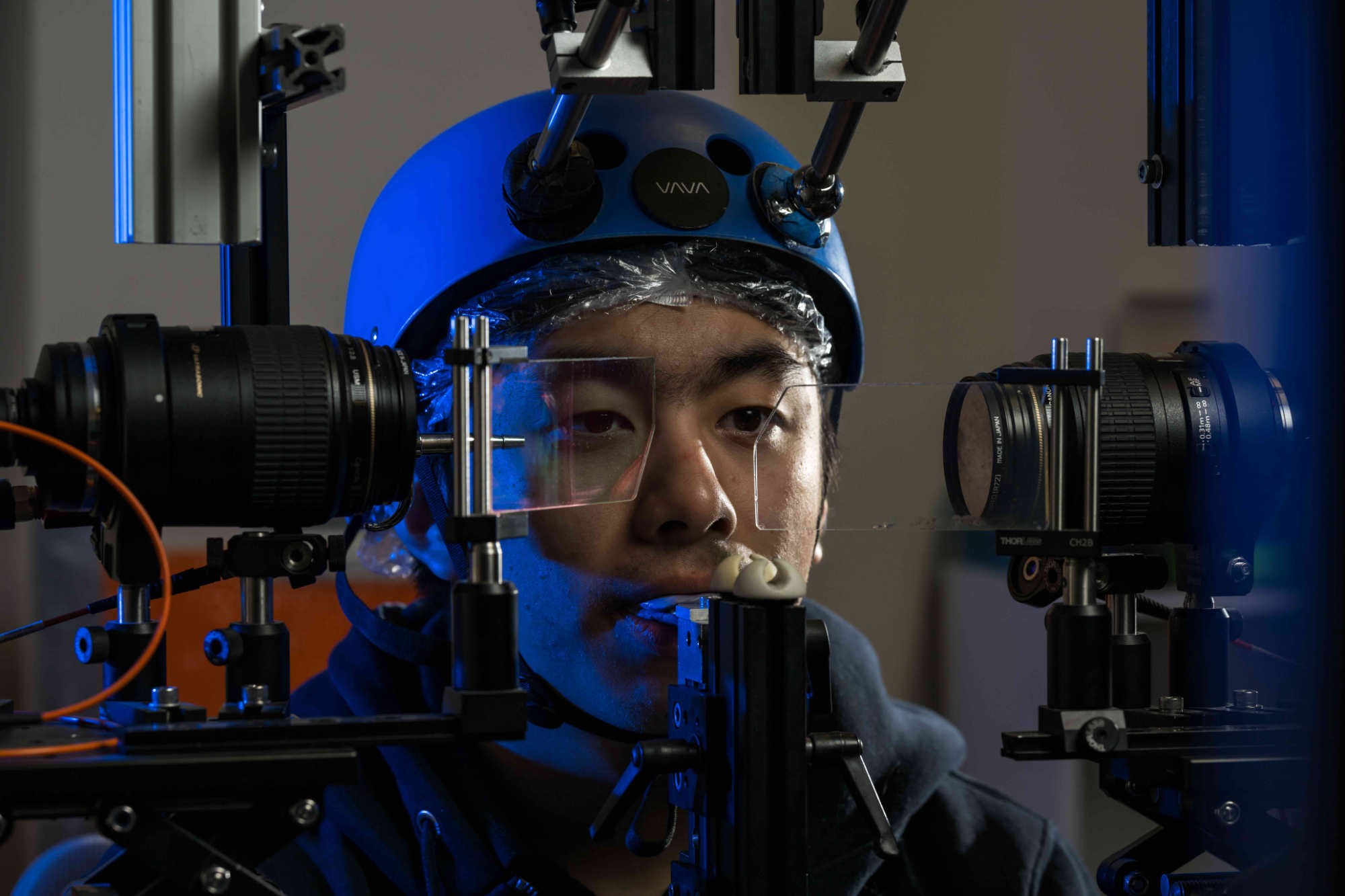Blinking, a seemingly simple act we perform countless times a day, is more than just a mechanism to keep our eyes lubricated. Humans blink, on average, 3 to 8 percent of their waking hours – a significant amount of time spent with our eyelids closed. But why do we blink so much? Emerging research suggests that blinking plays a crucial role in how our brains process visual information, challenging conventional understanding of vision.
Blinking interrupts the continuous stream of visual input to the retina. It might seem counterintuitive that we spend so much time in this visually “blind” state. However, scientists are discovering that these brief interruptions are vital for constructing a coherent picture of the world around us.
The Brain’s Visual Refresh Button: How Blinking Helps Us See
Researchers at the University of Rochester delved into the mystery of blinking and published their groundbreaking findings in the Proceedings of the National Academy of Sciences. Their research reveals that blinking serves a much more complex purpose than simply keeping our eyes moist.
According to Michele Rucci, a professor in the Department of Brain and Cognitive Sciences at the University of Rochester, “By modulating the visual input to the retina, blinks effectively reformat visual information, yielding luminance signals that differ drastically from those normally experienced when we look at a point in the scene.” In essence, blinking acts as a sort of visual reset button for the brain.
Tracking Eye Movements: A research participant demonstrates the equipment used to monitor eye movements in Michele Rucci’s laboratory at the University of Rochester. This technology allows scientists to study the intricate relationship between blinking and visual perception. (University of Rochester photo / J. Adam Fenster)
Blinking Enhances Perception of the Bigger Picture
The Rochester team employed advanced eye-tracking technology, coupled with computer models and spectral analysis, to investigate how blinking affects visual processing. They discovered that blinking significantly improves our ability to perceive large-scale, gradually changing patterns in our visual field.
Focusing on the Big Picture: Researchers discovered that blinking emphasizes low spatial frequency information, enabling the brain to process the overall scene rather than minute details. (Image provided by the Rucci Lab)
By rapidly altering light patterns on the retina, blinking generates unique visual signals that differ from those received during continuous viewing. This, explains Bin Yang, lead author of the study, allows the brain to prioritize the “big picture” over smaller details. “With their abrupt transients, blinks make the visual system respond strongly to the image on the retina. Thus, contrary to common assumption, blinks improve—rather than disrupt—visual processing, amply compensating for the loss in stimulus exposure.”
Rethinking the Nature of Vision: Blinking as an Active Process
This research challenges the traditional view of vision as a passive process of receiving sensory input. Instead, it suggests that vision, like other senses such as smell and touch, relies heavily on active motor processes, in this case, the act of blinking. Blinking allows us to actively sample and interpret visual information, creating a more comprehensive understanding of our surroundings.
A New Perspective on Vision: Professor Michele Rucci, surrounded by eye-tracking equipment, emphasizes the active role of motor processes in visual perception. (University of Rochester photo / J. Adam Fenster)
Rucci concludes, “Since spatial information is explicit in the image on the retina, visual perception was believed to differ. Our results suggest that this view is incomplete and that vision resembles other sensory modalities more than commonly assumed.” This groundbreaking research highlights the fascinating complexity of even the simplest human actions and opens new avenues for understanding the intricate workings of the human brain.
